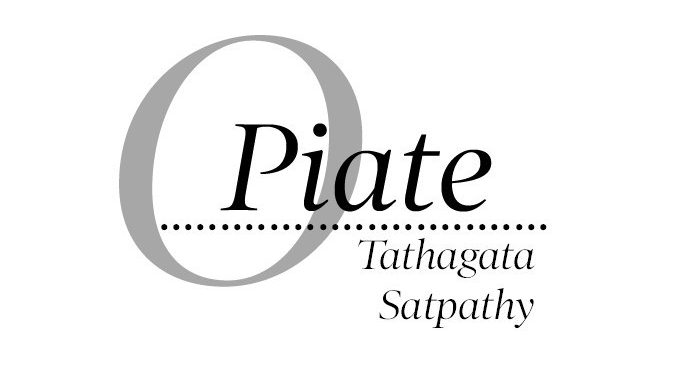People of India have spoken and given a fractured mandate. It does not simply mean that there is no clear winner. Voters across the country have sent out a loud and clear message that they cannot trust any single leader or party to run the country with a verdict that can be misconstrued as a licence to do whatever they desire. The interests of the common citizens went for a complete toss during the Modi decade. It was indeed a long and tortuous 10 year span that was exasperating for any thinking person.
The verdict, as the trends suggest till evening, means the BJP’s balloon of crossing the 400-mark in the Lok Sabha polls has been punctured. Two slogans – ‘Aayega toh Modi hi’ and ‘Ab ki baar, 400 paar’ killed the bird before it was born. Modi supporters were so certain of his victory that they were unable to comprehend the essence and beauty of democracy. In democracy, defeat also has an important pedestal which needs to be appreciated and accepted. Modi is now struggling hard to retain power, while the Congress-led I.N.D.I.A bloc is smiling and sitting tight, waiting for the game to be played out.
On Social Media (SocMed), some handles have already started speaking out that Modi will not be able to handle a weak BJP that is now being forced to enter into an alliance to form a government at the Center. Modi’s single man style of functioning will, obviously, not be allowed any more. For any administrative decision of any slight consequence, the future Prime Minister, whosoever it may be, will need to consult allies and abide by the majority decision, a core principle of democracy.
The results of 4 June once again prove that the average voter of India cannot be underestimated.
Most interesting results have emerged from Uttar Pradesh where BJP has won less number of seats than Akhilesh Yadav’s Samajwadi Party. In fact, just months after inauguration of Ram Temple, BJP has abysmally lost the Ayodhya seat. This goes to show neither Ram Mandir nor Hindoo Muslim narrative worked in BJP’s former bastion UP. It could be Akhilesh’s gain or the reported rejection of the list of candidates proposed by Yogi Adityanath, thereby imposing candidates who were not acceptable at the ground level.
Mamata Banerjee, on the other hand, remained unwaveringly anti-Modi and her political stand was vindicated by the outpouring of support for TMC in Bengal. In Odisha, Naveen Patnaik played along with his advisors in such a manner that all political heavyweights were reduced to dust in the party. At the same time, his BJD gave a message of constant support just like Jagan’s YSRCP, to Modi’s wrongdoings and lost their respective political initiatives in the process. The resultant rout at the polls is for all to see.
A new era of coalition has started once again in India. Whether certain political groups like it or not, the future government and Prime Minister will have to function through consensus. How BJP will evolve to adjust to the changed scenario is to be observed. Coming back to Odisha, with no known faces within the BJP to lead the government, the party will be forced to choose a common politician for leadership. This may be considered a positive change from the past since no one particular individual shall have sweeping powers over the future and fate of the people of Orissa. The coming days may also throw up a new regional outfit wherein some elements of the BJD may find it convenient to join in. Only time will tell.
Finally, the futility of exit polls have been proven once and for all. They have been exposed as paid campaigns, usually by the ruling party, to bolster the confidence of their agents on counting day. They mean nothing more and so should not be encouraged in future. And last, the debate and suspicion created on Electronic Voting Machines (EVMs) have been laid to rest. No matter how much the Election Commission wants to help or what kind of subservient Commissioners are chosen to head it, no one can thwart the will of the People.






































